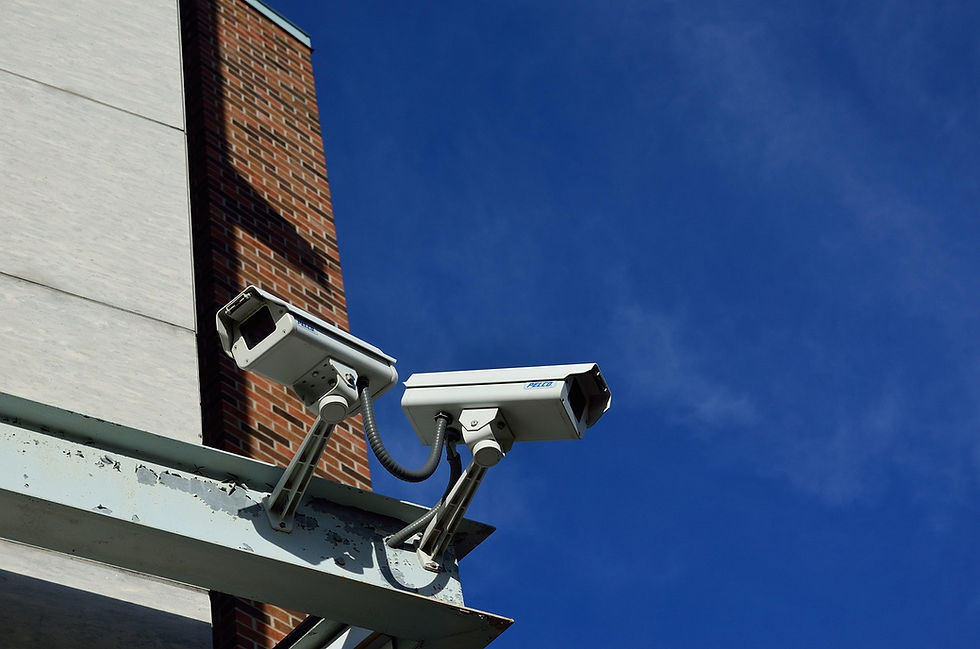<strong>Types of Hot Water Services</strong>
- annawrench1315
- Oct 7, 2022
- 3 min read
All across the world, homes and buildings have hot water services because in winter it becomes so difficult to use cold water. A hot water system service, in its simplest form, consists of a device that warms and stores water, which is subsequently circulated throughout the building's plumbing system when the hot water service faucet is opened.
A continuous hot water system flow heats the water all the time rather than only when it's needed. To install a system in your building you must know all about it.
There Are Two Types of Hot Water System Services Widely Available Across the World, and They Are:
Localized Hot Water System: In this system, the Installation of a single-point heater system, which locally warms the water, is done at a height above the fixture to reduce the amount of pipework required.
Centralized Hot Water System: In this type of hot water system, the installation of a multiple-point heater system warms water for all fixtures and appliances. All household appliances will receive hot water from this sort of heater. It is set up such that water can easily be supplied to all fixtures from that location.
Types of Hot Water System Services:
#1. Electric System: A bottom-mounted element in an electric hot water system service warms the water, which is then stored in an insulated tank and made available for use all day. These electric hot water system services are the least expensive to purchase but the most expensive to operate.
#2. Gas System: When powered by natural gas, one of the most cost-effective types of water heaters is a high-efficiency gas hot water system service. This type of system is used in places with low or no electrical supply and sometimes when the area is rich in fossil fuel reserves.
#3. Solar Heater System: The purchase and installation expenses of a solar hot water system are higher, but the ongoing operating costs are far lower. In mountainous places with scarce access to power and gas, this technique is very well-liked.
#4. Heat-Pump System: A heat-pump water heater warms water in a storage tank by using heat from the surrounding air. Although they are often more suitable for warmer regions, heat-pump water heaters utilize far less power than electric storage hot water system services.

System Components for Hot Water
Various Parts Make Up Hot Water Services. Following Is a List of The Different Components:
Tank: A hot water system service tank is constructed of sturdy metal. Up to 227 liters of water may be stored in this tank, which has a water-resistant lining. Polyurethane foam is used to put an insulating material on the outside of the tank.
Dip Tube: This tube allows water to enter the hot water system service and then transports it to the tank's bottom, where it is heated.
The Shut Off Valve: This valve can stop water from entering the hot water system service. This element is positioned outside and is isolated from the hot water system supply.
Thermostat: A thermostat is a device that regulates temperature. Automatic temperature control provided.
Tempering Valve: A tempering valve is a temperature-activated, three-way mixing valve that is used to temper hot water by blending it with cold water. This lowers the water's temperature, reduces the danger of scorching, and improves safety.
Drain Valve: The drain valve is often found close to the exterior's bottom. This valve aids in tank emptying.
Pressure Relief Valve: This component properly maintains and regulates the adequate amount of pressure inside the hot water system.
Sacrificial Anode Rod: To aid with corrosion prevention, this rod is often suspended in the water tank.
Conclusion
Water heaters, hot water pipelines, and faucets make up the whole hot water system. Hot water pipes carry the heated water from the water heater to the faucets and appliances. The type of hot water services used in a home will depend on how many appliances need to be supplied with hot water. Centralized hot water services are advantageous for larger numbers of appliances, whereas localized hot water systems are advantageous for smaller numbers of appliances. However, a centralized hot water system may require extra caution due to the prevalence of issues like noisy pumps, chilly spots, leaks, and often bleeding radiators. All things considered, power flushing the entire centralized system can eliminate these typical issues. Water heaters can run on electricity, fuel, or renewable energy sources like solar energy or, in some places, even geothermal energy.








Comments